If you’ve ever dreamed of growing your own fresh herbs, vegetables, or even small fruits but don’t have outdoor space, an indoor garden is the perfect solution. Whether you’re looking to add greenery to your living space or enjoy the satisfaction of harvesting homegrown produce, starting an indoor garden is a rewarding and accessible project. Here’s how to get started:
Selecting Suitable Plants: When choosing fruits and vegetables to grow indoors, consider factors such as available space, lighting conditions, and your personal preferences. Opt for compact varieties that thrive in containers and require minimal maintenance.
Choose the Right Space
The first step to starting an indoor garden is finding the right spot in your home. Look for a location that gets plenty of natural sunlight, preferably near a south-facing window, where plants can receive at least 6 hours of direct sunlight per day. If natural light is limited, consider investing in grow lights, which can mimic the sun’s rays and help your plants thrive.
Select Your Plants
When choosing plants for your indoor garden, start with easy-to-grow options that thrive in container settings. Herbs like basil, mint, rosemary, and parsley are perfect for beginners. You can also grow vegetables such as cherry tomatoes, leafy greens, and peppers, which adapt well to indoor environments. If you want to add a bit of fruit to the mix, dwarf varieties of strawberries or lemons can also do well indoors.
Some popular options for indoor gardening include:
Herbs: Basil, mint, parsley, cilantro, and chives are excellent choices for indoor cultivation. They’re versatile, easy to grow, and add fresh flavor to your culinary creations. “Living” versions of any herbs can be potted and will continue to grow. Hydroponic option: https://amzn.to/4dLtsDh Potted Option: https://amzn.to/4cuItbx for this, we start with living herbs from the grocery store. Trim as needed & they will continue to produce!
Leafy Greens: Spinach, lettuce, kale, and arugula are ideal for indoor growing, as they don’t require a lot of space and can be harvested continually for a steady supply of fresh greens. Like herbs, “living” lettuces can easily be regrown.
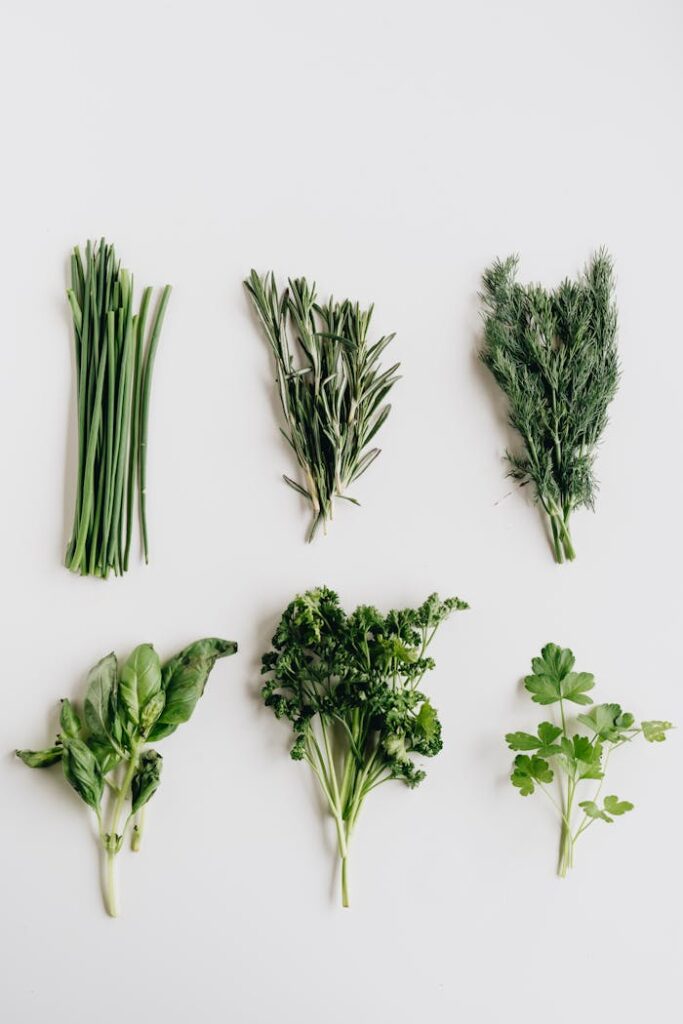
Tomatoes: Compact tomato varieties, such as cherry or patio tomatoes, can be grown indoors with proper support and adequate sunlight. These plants are great to start indoors, but will need to be moved outside, since they need room to spread out.
Peppers: Bell peppers, chili peppers, and jalapenos thrive in containers and produce vibrant, flavorful peppers that are perfect for adding a kick to your favorite dishes.
Creating the Right Environment: Creating a conducive environment is essential for the success of your indoor fruit and vegetable garden. Pay attention to the following factors to ensure optimal growing conditions:
Choose the Right Containers
The right container is essential for your indoor garden’s success. Choose pots with good drainage to prevent waterlogged roots, which can lead to rot. Make sure your containers are large enough to accommodate the growth of your plants, with enough space for the roots to spread out. You can find containers in various materials and styles, so you can pick ones that complement your home decor while being functional for your plants. We have and use both of these options. Great for decor and drainage.
Plastic: https://amzn.to/4cuItbx
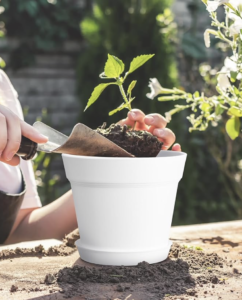
Classic White Ceramic: https://amzn.to/4cv5HOz
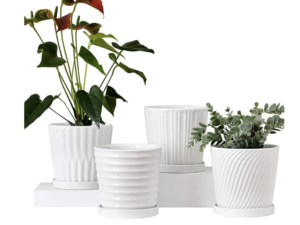
Use Quality Soil and Fertilizer
Good-quality soil is the foundation of a thriving indoor garden. Choose a high-quality potting mix that is specifically formulated for indoor plants. Avoid using outdoor garden soil, as it can introduce pests and diseases into your home. In addition to soil, use an organic fertilizer to nourish your plants, as indoor plants typically need extra nutrients to grow strong and healthy. Fertilize your plants every few weeks, following the instructions on the product label. We’ve had loads of success with this potting soil:
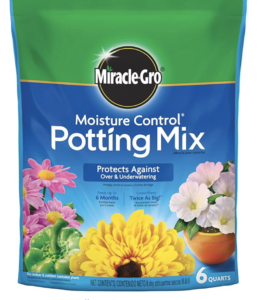
Lighting
Proper indoor lighting is crucial for growing healthy vegetables in your indoor garden. Since many vegetables require at least 6 to 8 hours of bright light daily, placing your garden near a south-facing window is ideal for maximizing natural sunlight. However, if natural light is limited, investing in grow lights can make a significant difference. Full-spectrum LED grow lights are a great choice, as they mimic the natural light spectrum, providing both the blue light needed for leafy growth and the red light that promotes flowering and fruiting. Position the grow lights close to your plants—about 6 to 12 inches above the foliage—to ensure they receive adequate light. Adjust the duration of light exposure based on the plant’s needs, typically ranging from 12 to 16 hours per day. With the right lighting setup, your indoor vegetables can thrive, even in spaces with minimal sunlight.
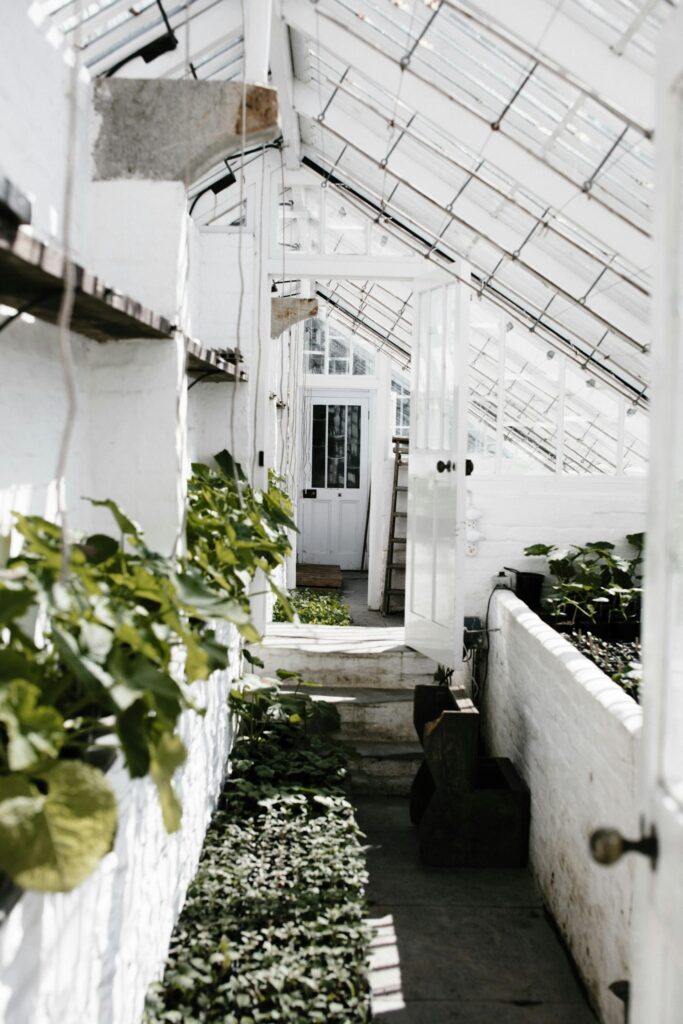
Temperature and Humidity Maintain moderate temperatures (between 65-75°F) and humidity levels (around 50-70%) to promote healthy growth and prevent pest and disease issues. Consider using a humidifier or pebble tray to increase humidity levels if needed.
Air Circulation
Provide adequate air circulation by placing fans near your indoor garden to prevent stagnant air and discourage mold and mildew growth.
Water Wisely
Indoor plants need consistent watering, but it’s important not to overdo it. Most plants prefer slightly moist soil, so water when the top inch of soil feels dry to the touch. Be mindful of your plant’s specific water needs, as different plants require different levels of hydration. Avoid letting water sit in the saucers beneath your pots, as this can lead to root rot. Keep an eye on your plants for signs of overwatering or underwatering, such as yellowing leaves or wilted stems.
Develop a watering schedule based on your plants’ needs and the moisture level of the soil. Check the soil regularly and adjust your watering frequency accordingly.
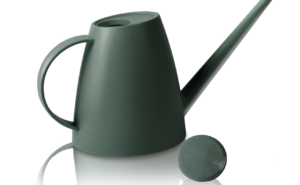
Fertilizing
Feed your plants with a balanced fertilizer formulated for fruits and vegetables to provide essential nutrients for healthy growth. Follow the recommended dosage and frequency according to the instructions on the fertilizer package.
Pruning and Harvesting
Prune your plants regularly to encourage bushier growth and remove any dead or diseased foliage. Harvest fruits and vegetables when they reach maturity for the best flavor and texture.
Pest and Disease Management
Keep an eye out for common pests such as aphids, spider mites, and whiteflies, and take prompt action to control infestations. Use organic insecticidal soaps or neem oil to treat pest problems and prevent damage to your plants.
Starting your indoor fruit and vegetable garden opens up a world of possibilities for growing fresh, nutritious produce right at your fingertips. By selecting suitable plants, creating the right environment, and providing proper care, you can cultivate a thriving garden that brings joy and abundance to your home year-round. Whether you’re a novice gardener or seasoned green thumb, indoor gardening offers endless opportunities for learning, experimentation, and enjoyment. Happy growing!

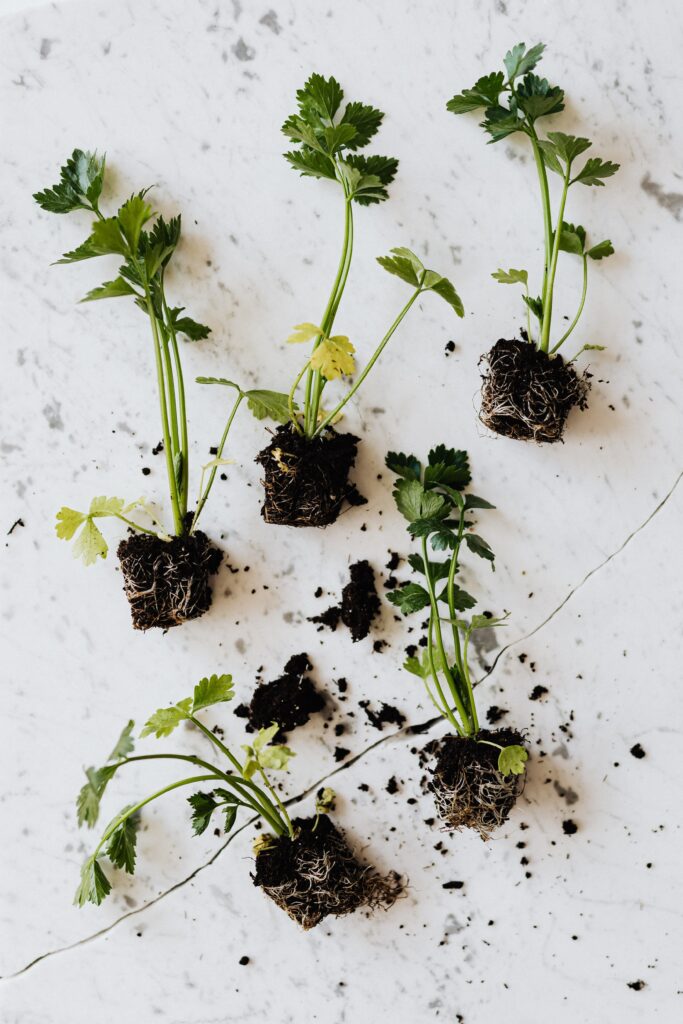
Wow! I just learned so much! Thank you!